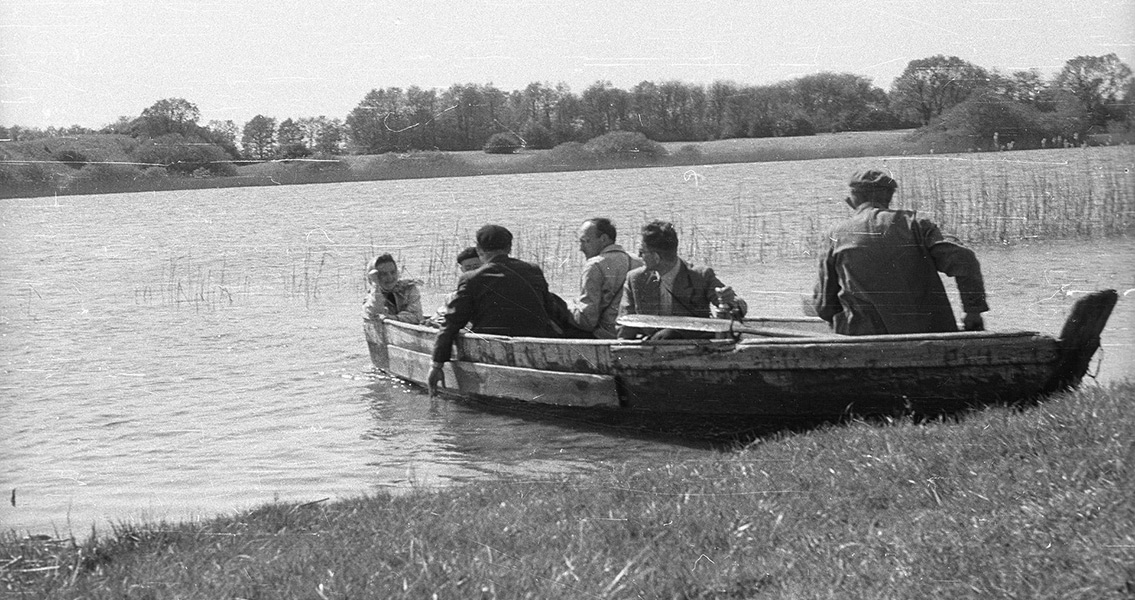<![CDATA[Underwater archaeologists exploring the remains of a medieval bridge in Torun, Poland discovered something entirely unsuspected; a wicker fish trap from the ninth or tenth century trapped within the ruins. After a complicated extraction process due to the extremely fragile condition of the basket, they found that the fish trap, the only known relic found during underwater research from this time period, still held the remains of 4,000 fish. Fish traps were used almost universally by ancient cultures and were designed in such a manner that allowed fish to enter through a narrow opening and into a larger holding area. The traps were typically weighted so they could be lowered to a desired depth and then left to collect fish. Researchers have been studying the remains of the two bridges leading to Ostrów Lednicki, an island in the middle of Lake Lednica, since 1982. The island is considered one of the most important sites for information regarding the early stages of Poland’s formation. Monumental relics of earthen and wood revetments and ramparts from the presidential palace built in the second half of the tenth century are preserved on the island. According to Polish historians, it was on this island, in the year 1000 CE, that Boleslaw the Brave hosted Emperor Otto III during his pilgrimage to Sr. Adalbert’s tomb. The island was also supposedly the residence of the wife of Mieszko I, Dabrówka. The bridges; the 187 meter Gniezno on the east side of the island and the 438 meter Pozna bridge on the west side (where the discovery of the fish basket was made), are two of the longest medieval bridge structures in Poland. Both bridges were destroyed during the invasion by the Czech prince Bretislav in 1038. The trap was preserved underwater between pieces of the bridge, and was found in extremely good condition. It's made of wicker and resembles an oblong, narrow, pointed basket approximately 1.6 meters in length. Working underwater, researchers were able to utilize a sediment removal device to fully expose the fish-pot in order to complete drawings and other photographic documentation – even with the limited visibility of the lake water. The underwater exploration of the basket required a high level of caution according to Krzysztof Radka, an underwater archaeologist from Nicolaus Copernicus University and the project leader, because the wicker making up the basket could have easily disintegrated in the water currents. The extraction was also complicated by the size of the trap. Given that such an extraction had never before been attempted, the processes and procedures that were used so successfully may provide valuable guidance and information for future excavations. The fish-pot is currently being subjected to conservation work at the Museum of the First Piasts in Lednica, and the fish remains are being analyzed to determine their species. Ultimately the fish trap will join other exhibits as part of the museum’s exhibition around fishing. Image courtesy of Instytut Etnologii i Antropologii Kulturowej Uniwersytetu im. Adama Mickiewicza w Poznaniu]]>
Ancient Fish Trap Discovered in Poland Full of Fish
